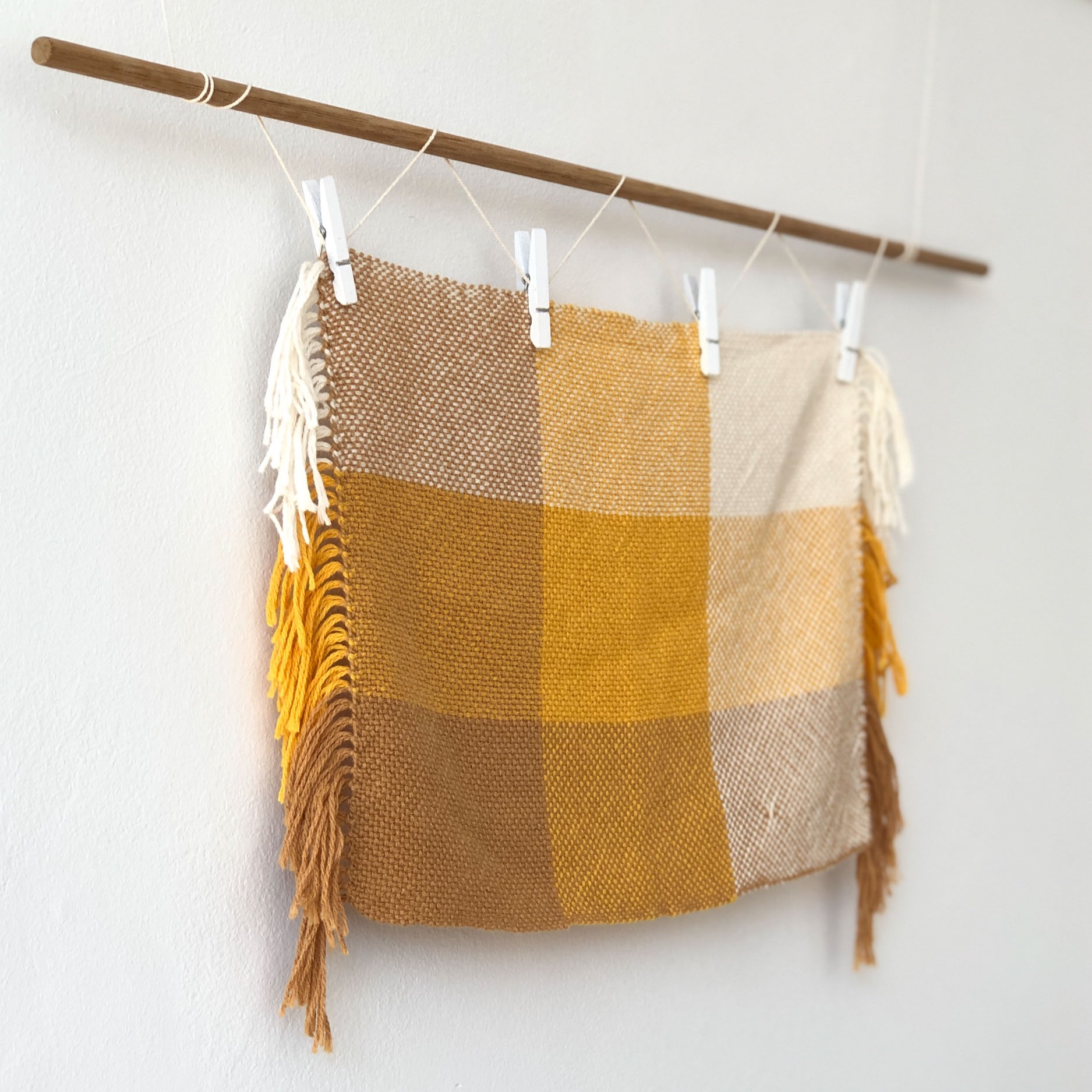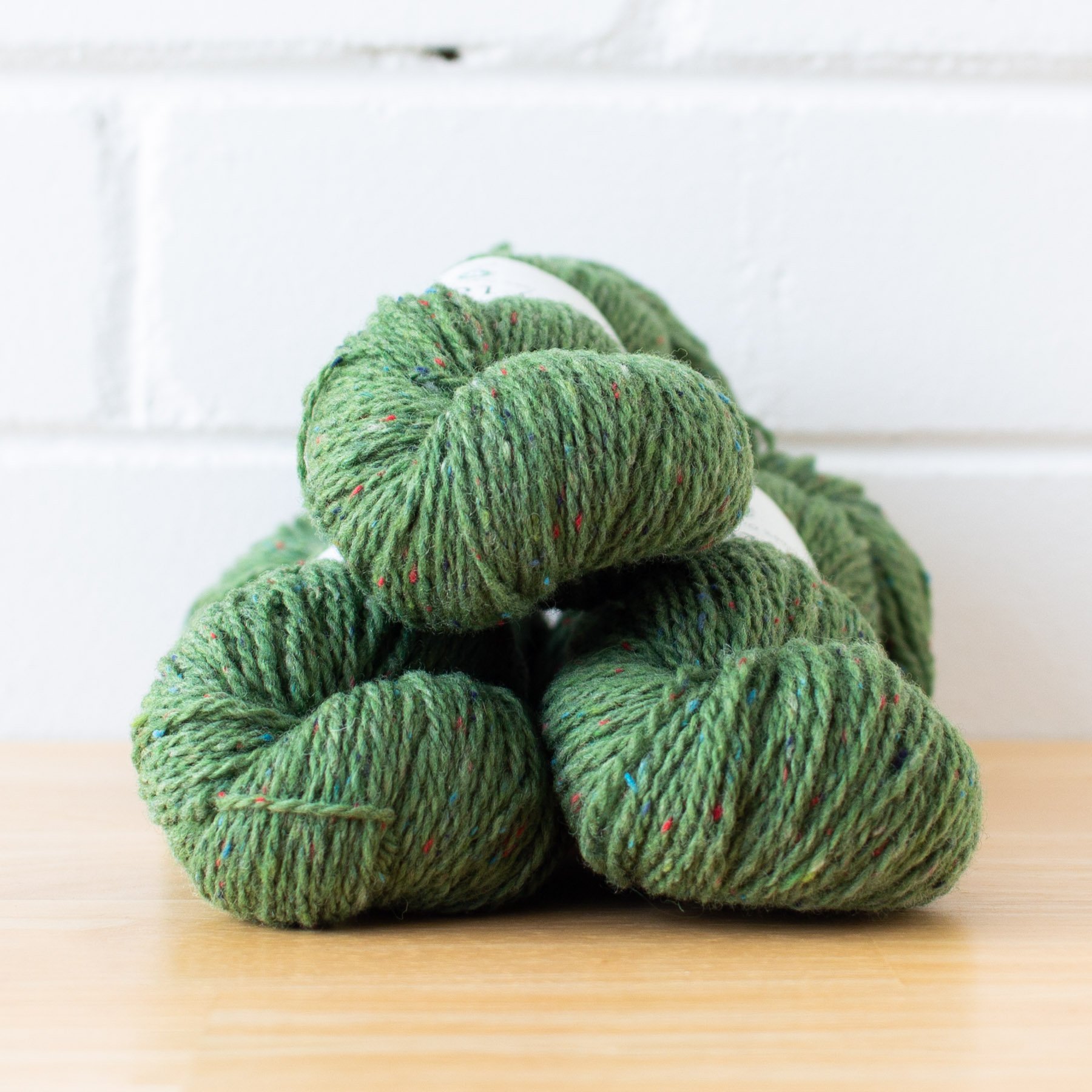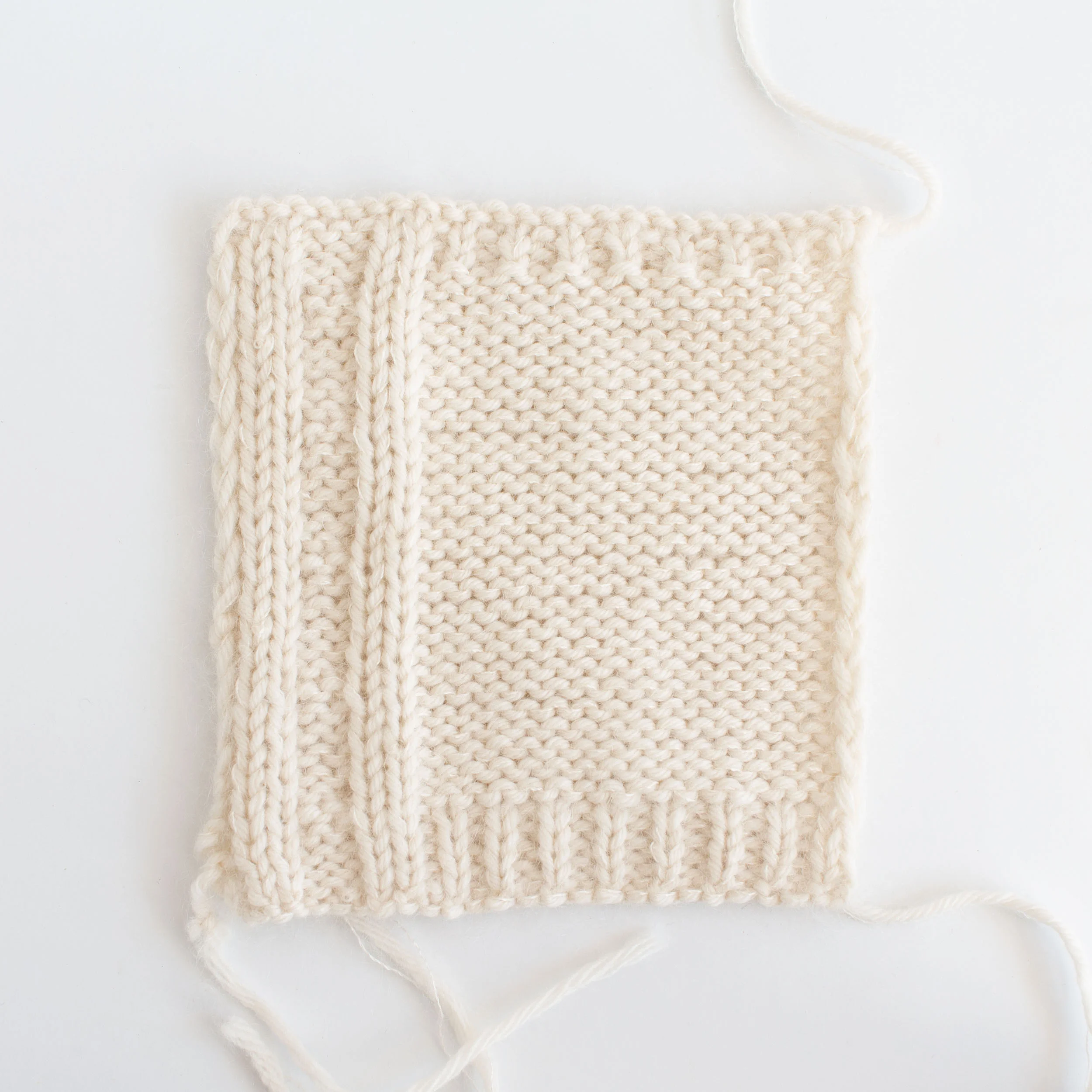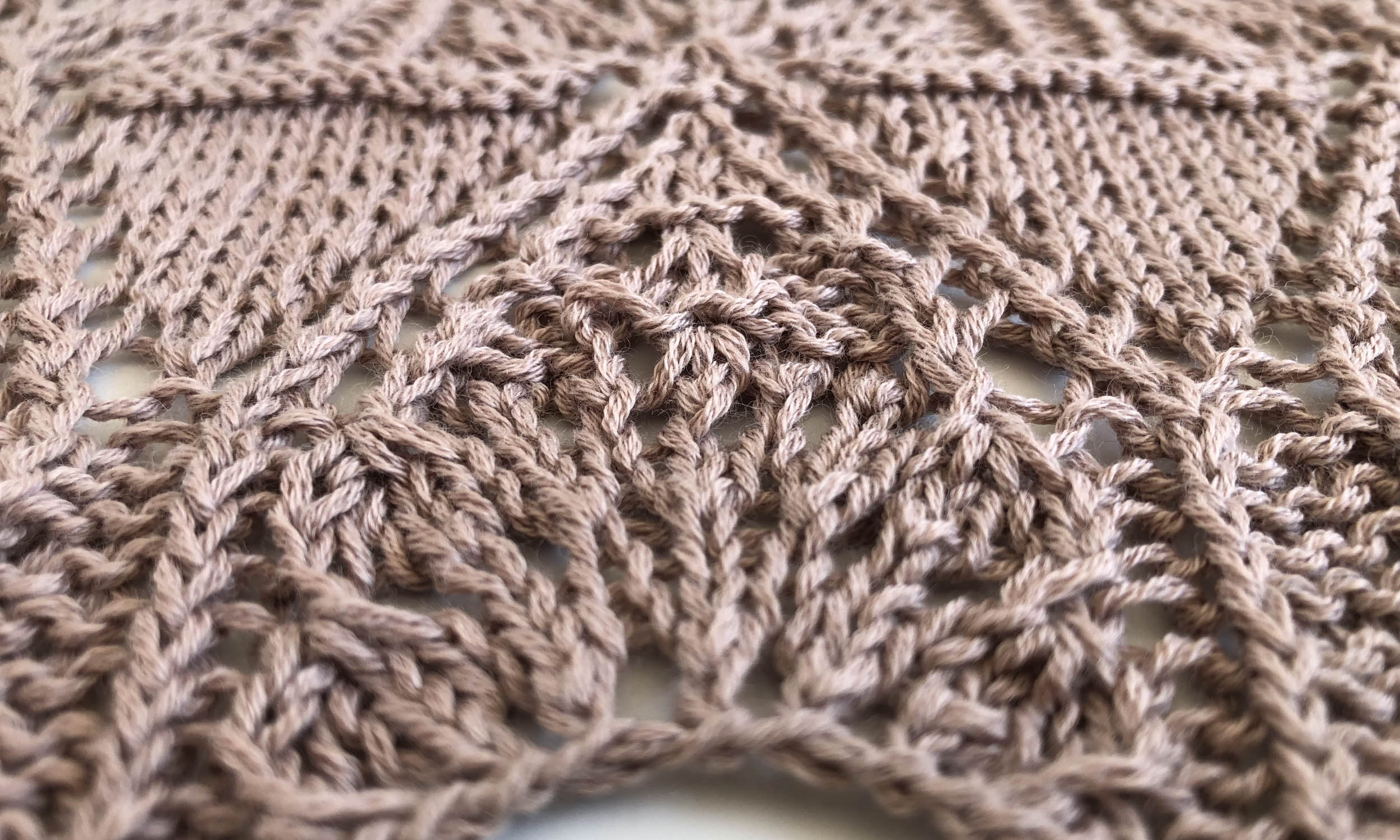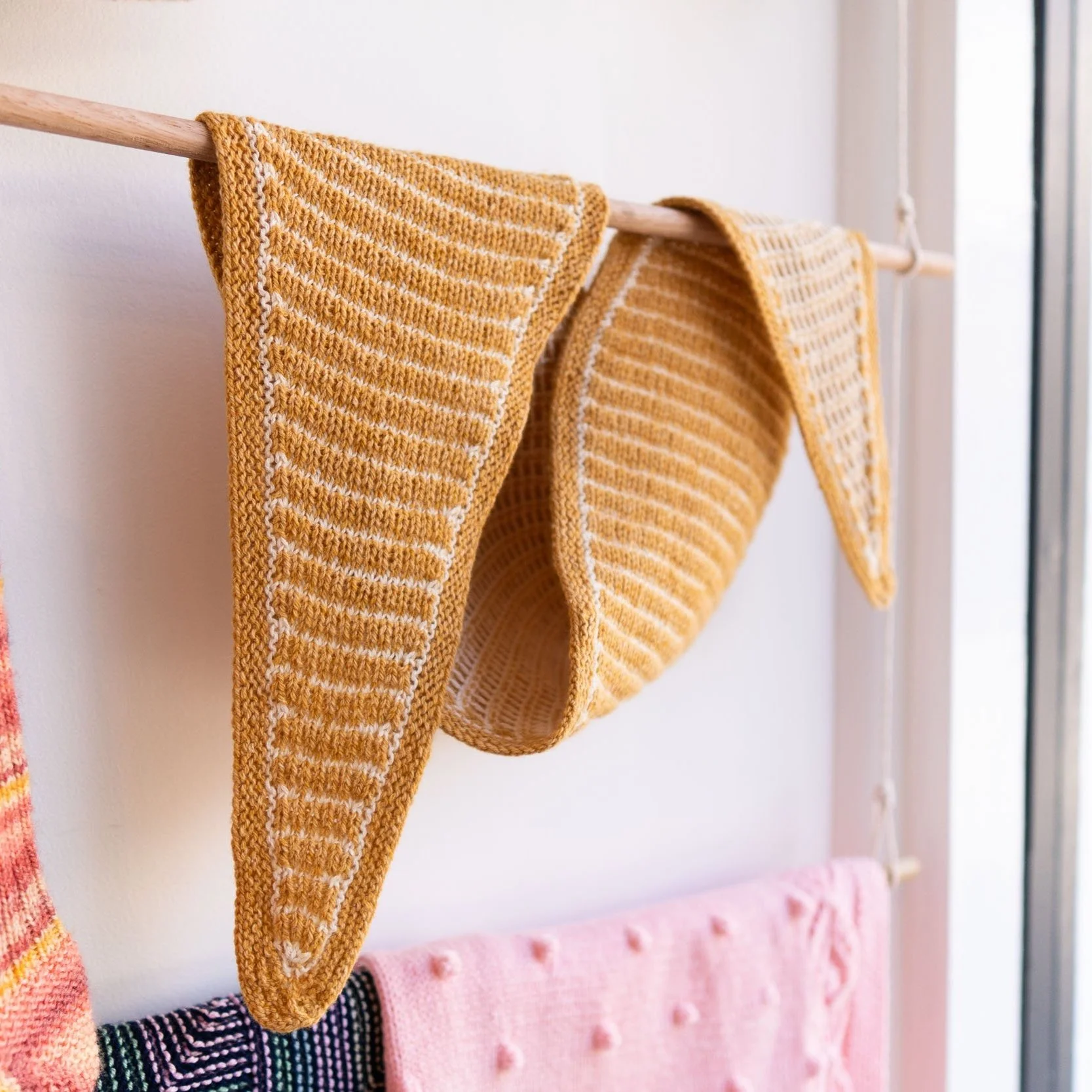THE YARN
Bio-Wool by Rosários 4 is a GOTS certified 100% organic wool yarn grown, spun and dyed in an environmentally sustainable way. Next to skin soft, we think it’s perfect for quick winter accessories and cosy wardrobe staples.
THE SWATCHES
I knit two swatches in Bio-Wool, one a simple stocking stitch sampler, and the other a wide ribbed cable from Norah Gaughan’s Knitted Cable Sourcebook. Find the cable pattern on page 110, No. 81 Rib & Rope.
The swatches feature knit and purl stitches in various combination and multi-stitch cable crosses.
Swatches use colourway Rose Pink (26).
I used a 6.5mm needle, producing a gauge of 16 stitches over 10cm in stocking stitch.
FABIC + HANDFEEL
Bio-wool produces a stunningly soft fabric, the hand-feel is light and fluffy at our knitted gauge.
I would consider it next-to-skin soft making it ideal for worsted weight (10 Ply) scarfs and hats.
The yarns multi-ply structure yields smooth stitches and well-defined cables, perfect for garments where cables and knitted texture are the feature.
Suitable for a range of projects, I’ve included some suggestions below.
PROJECT SUGGESTIONS | Bio-Wool
THANK YOU FOR READING!
Would you like to save this swatch for later?
Add this swatch to your Ravelry favourites HERE.
+ Subscribe or confirm your subscription to the Loom & Spindle e-newsletter and get a 10% discount on the Bio-Wool range!





























